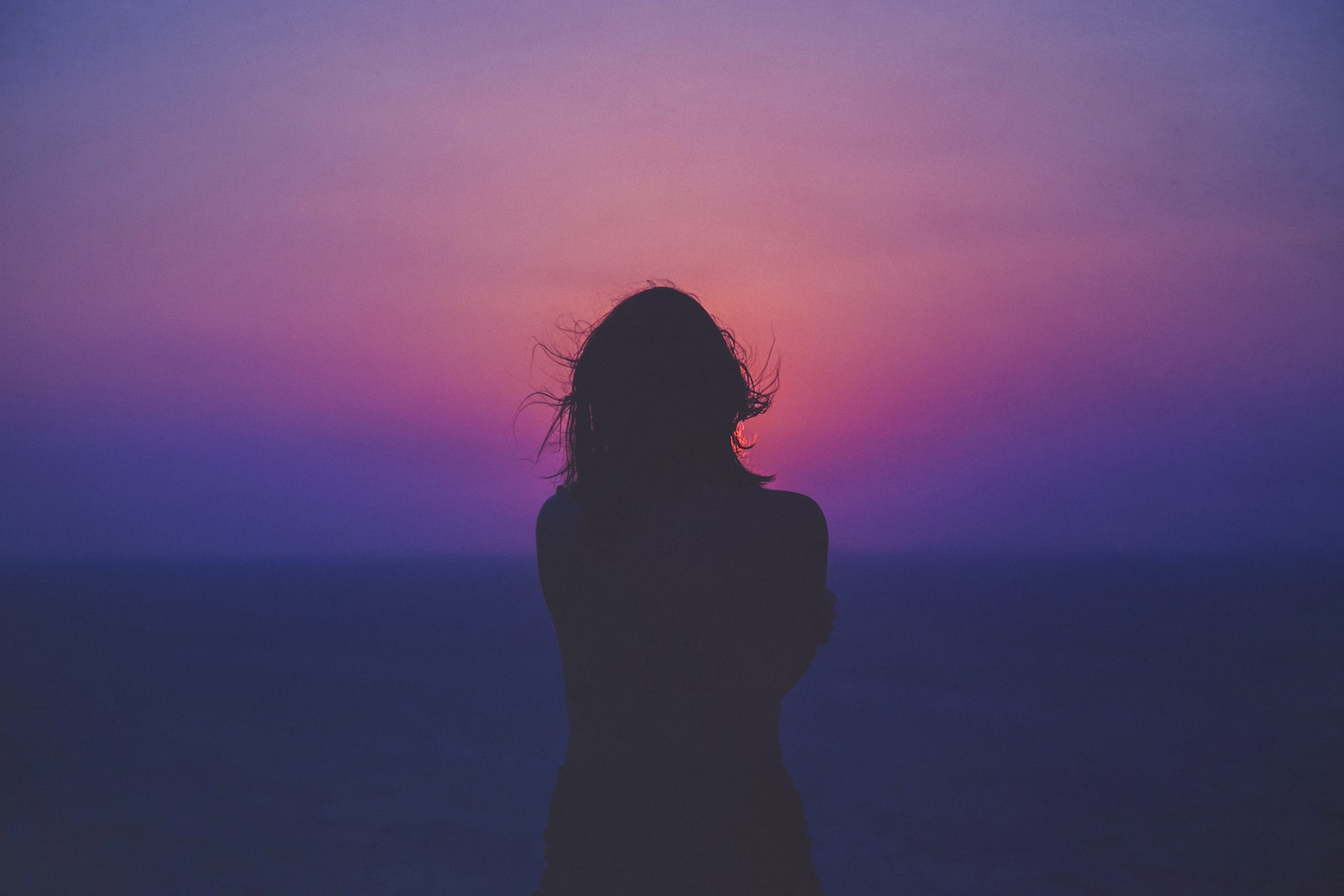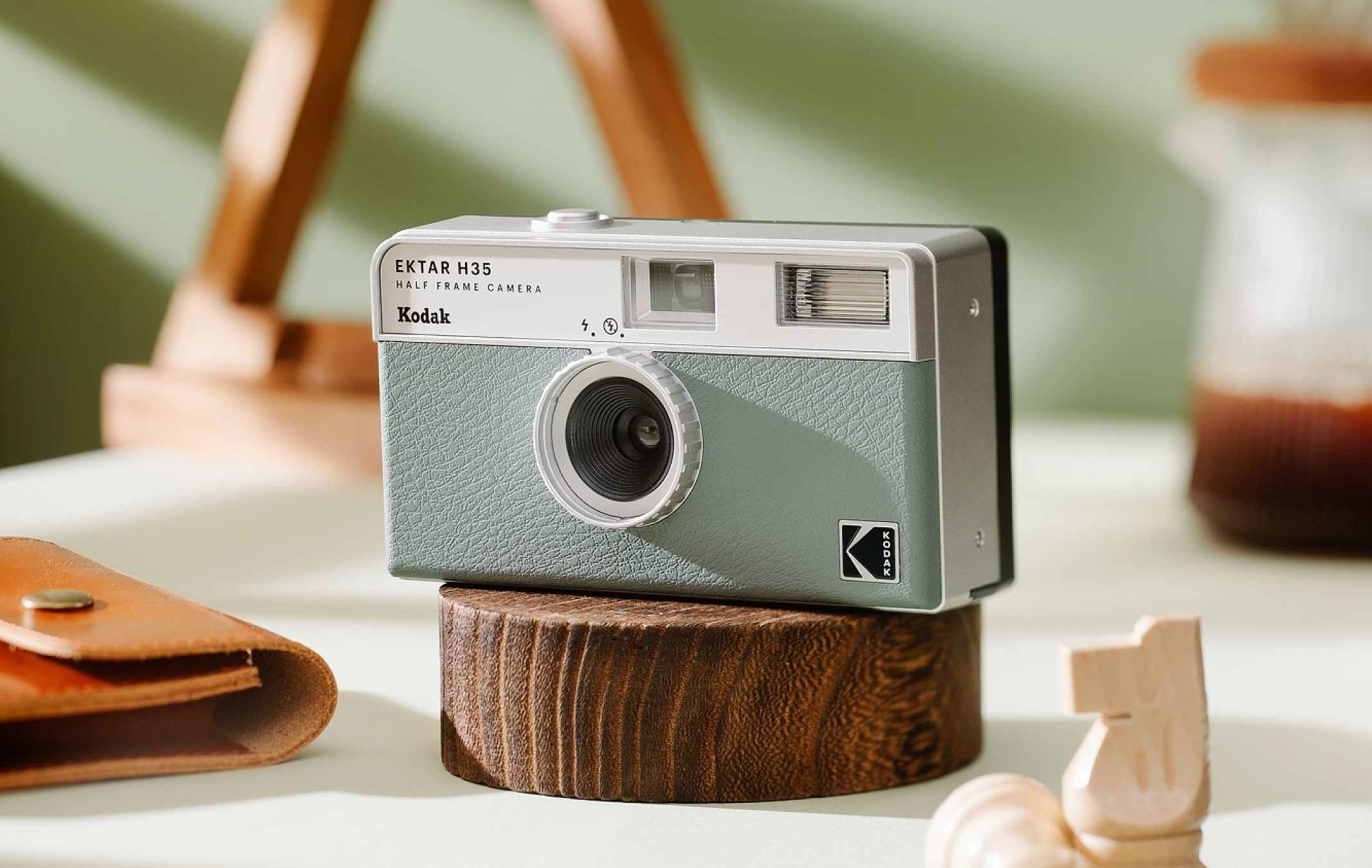Welcome to our blog where we delve into the fascinating world of Silhouette Photography. In this post, we will explore the techniques to create captivating images that play with light and shadow. Whether you are a beginner or an experienced photographer looking to elevate your skills, we will guide you through the process of capturing stunning silhouettes. Get ready to unlock your creativity and learn how to harness the power of composition, mastering the art of silhouette photography.
Table of Contents
- How to Capture Striking Silhouette Shots: Tips and Techniques
- Frequently Asked Questions
- 1. What is silhouette photography?
- 2. How can I create a silhouette effect in my photos?
- 3. What are some composition techniques for silhouette photography?
- 4. How can I enhance the contrast between light and shadow in my silhouette photos?
- 5. What type of equipment do I need for silhouette photography?
- 6. Can I create silhouette photos in low light conditions?
- 7. Are there any specific settings I should use on my camera for silhouette photography?
- 8. Can I capture silhouettes indoors?
- Wrap Up
How to Capture Striking Silhouette Shots: Tips and Techniques
Silhouette photography is a captivating art form that allows you to create dramatic and visually striking images by effectively using light and shadow. By mastering the techniques involved, you can take your photography skills to the next level and produce stunning silhouette shots that leave a lasting impression. In this guide, we will explore some essential tips and techniques to help you achieve incredible results.
1. Find the Perfect Light Source
The key to capturing stunning silhouette photos lies in finding the right light source. Look for strong, directional light that creates a clear contrast between the subject and the background. This could be the setting sun, a bright lamp, or any other light source that creates a strong backlight effect. Experiment with different angles and positions to determine the best placement of the light source for your desired outcome.
2. Understand Exposure Settings
When shooting silhouettes, it’s crucial to understand how to control exposure settings to achieve the desired effect. Since the subject is intentionally underexposed, make sure to set your camera to manual mode and adjust the settings accordingly. Start by using a low ISO to minimize noise and select a small aperture (high f-stop number) to create a larger depth of field. Lastly, adjust your shutter speed to properly expose for the background while allowing the subject to appear as a dark silhouette.
3. Compose with Intent
Composition plays a significant role in creating impactful silhouette shots. Experiment with different framing and positioning techniques to enhance the overall aesthetics of your image. Consider using leading lines to draw attention to the subject, or incorporate elements such as trees, buildings, or other recognizable shapes to add interest to the composition. Remember, a well-composed silhouette can tell a powerful story and evoke strong emotions.
4. Embrace the Power of Contrast
One of the most critical aspects of silhouette photography is the contrast between the subject and the background. Aim to create a clear and distinct shape of the subject against a bright, vibrant background. To achieve this, ensure that the background is adequately exposed, while the subject remains in shadow. This contrast will provide depth and visual impact to your silhouette shots, making them stand out.
5. Experiment with Different Subjects
While capturing silhouettes against a beautiful sunset is a classic choice, don’t be afraid to explore different subjects and scenarios. Silhouette photography can be applied to various subjects, such as people, animals, nature, or even inanimate objects. Experiment with different subjects and backgrounds to discover unique and visually interesting combinations that align with your creative vision.

Mastering the art of silhouette photography requires practice, experimentation, and a keen eye for light and composition. By incorporating these tips and techniques into your workflow, you will be able to capture stunning silhouette shots that evoke emotion and leave a lasting impression on your viewers. Remember, the perfect silhouette shot is all about finding the right balance between light and shadow, and telling a compelling visual story.
Frequently Asked Questions
1. What is silhouette photography?
Silhouette photography is a technique where the subject is captured as a dark shape against a well-lit background. The subject appears as a solid outline without any details or features.
2. How can I create a silhouette effect in my photos?
To create a silhouette effect, you need to position your subject in front of a bright light source, such as the sun. Expose for the background, making sure to keep your subject underexposed, resulting in a dark silhouette.
3. What are some composition techniques for silhouette photography?
Composition plays a crucial role in silhouette photography. Some effective techniques include using leading lines to draw attention to the subject, placing the subject off-center for a more dynamic composition, and incorporating elements of symmetry or reflection for added visual interest.
4. How can I enhance the contrast between light and shadow in my silhouette photos?
To enhance the contrast between light and shadow, you can use editing software to increase the overall contrast of the image. Additionally, adjusting the levels or curves can help bring out the details in the shadows and highlights.
5. What type of equipment do I need for silhouette photography?
You can capture stunning silhouette photos with both DSLR cameras and smartphones. However, using a lens with a longer focal length can help isolate the subject and create a more captivating silhouette.
6. Can I create silhouette photos in low light conditions?
While achieving a traditional silhouette effect may be challenging in low light conditions, you can still create interesting shadowy images. Experiment with using artificial light sources, such as street lamps or car headlights, to illuminate your subject and create a unique silhouette in darker environments.
7. Are there any specific settings I should use on my camera for silhouette photography?
When shooting in manual mode, set your camera’s exposure for the bright background, ensuring that your subject is underexposed. Additionally, using spot metering can help meter the light specifically on the background to achieve the desired silhouette effect.
8. Can I capture silhouettes indoors?
Yes, you can capture silhouettes indoors by positioning your subject in front of a source of backlighting, such as a window or a lamp. Remember to expose for the background and adjust your camera settings accordingly.
Wrap Up
Mastering the art of silhouette photography is a rewarding skill that can take your photography to new heights. By understanding the interplay of light and shadow and utilizing specific composition techniques, you can create dramatic and striking images that capture the essence of a moment.
Remember to keep an eye out for opportunities to create silhouettes, whether it’s during a beautiful sunrise or a dynamic evening scene. Experiment, play with different angles, and let your creativity shine. Don’t be afraid to step out of your comfort zone and push the boundaries of what you thought was possible.
If you’ve found this blog helpful or if you have any questions or tips of your own, I invite you to leave a comment below. Let’s keep the conversation going and inspire each other on this incredible journey of photography!



